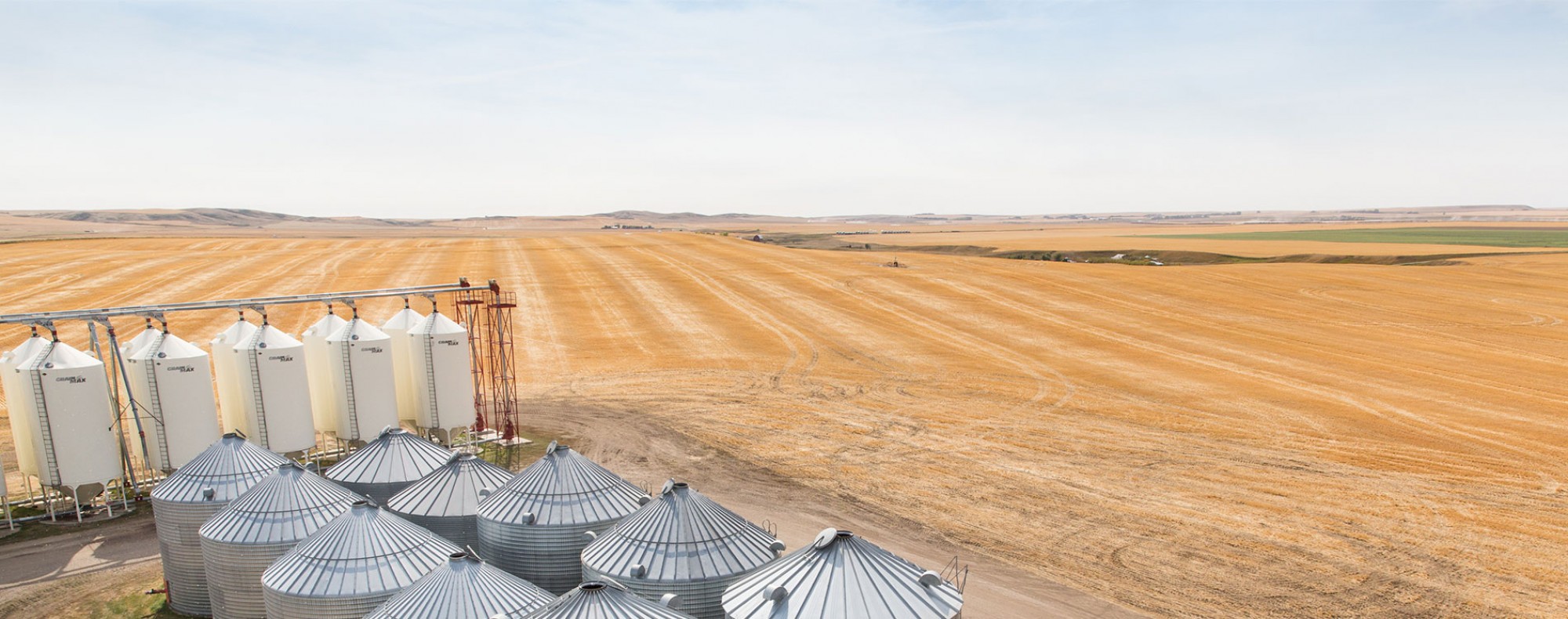Targeting reproductive and spike traits for improving grain yields in wheat
Dr. Raju Datla, University of Saskatchewan
Start Date: April 1, 2021
End Date: March 30, 2025
AWC’s funding: $138,000
Though the spike size, spikelet number, floret number and number of grains per spike are important yield components in wheat; the efforts to improve these important grain yield traits in Canadian genotypes/cultivars are hampered by the limited availability of superior and well-characterized genetic factors conferring such desirable spike traits. Therefore, these traits are not fully explored or exploited yet in wheat breeding globally including Canada. This project will address this gap and aim to create new opportunities by exploiting foundation resources that will be developed in this project. Therefore, the major goal of this project is to identify new gene targets conferring spike traits to increase spike reproductive capacity for improving grain yields in Canadian wheat cultivars. Towards this goal, we will exploit the promising lines identified and further enriching this resource by screening additional germplasm resources; by developing relevant new genetic and genomic tools for identification of associated gene targets along with development of linked molecular makers and their molecular identities for these desirable spike traits, Finally, by applying key research findings from this project, create opportunities for improving grain yields in Canadian wheat. Accomplish these goals will create new opportunities for improving grain yield potential in Canadian wheat crop.
The objectives are:
1. Phenotypic screening and selection of promising wheat lines displaying desirable spike traits;
2. Genetic assessment of promising lines to determine their respective underpinning spike characteristics
3. Identify molecular markers for desirable spike traits, develop their respective genomic maps and molecular characterization
4. Introgression of promising spike traits into elite spring wheat cultivar backgrounds to assess their grain yields
